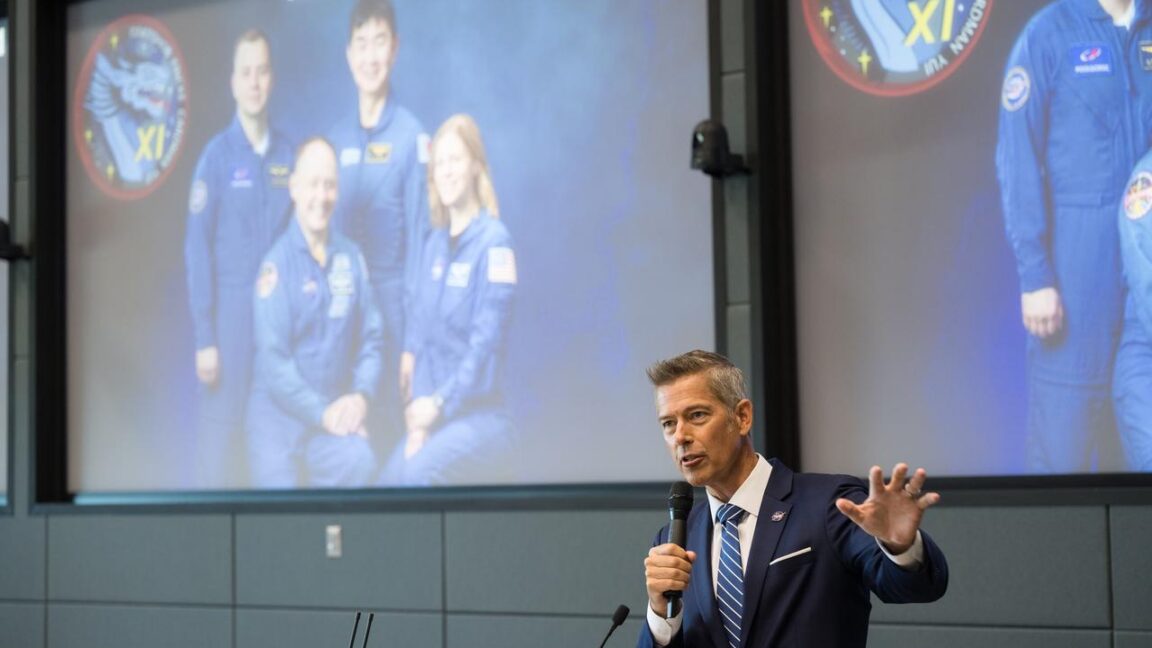 American Lunar Lander Competition 2025 Heats Up
American Lunar Lander Competition 2025 Heats Up
The American Lunar Lander Competition 2025 is gaining momentum following recent announcements from acting NASA Administrator Sean Duffy. With timelines shifting and private innovation accelerating, the U.S. space community is embracing new strategies to stay competitive in the lunar arena.
New Hope for American Lunar Lander Competition 2025
- NASA shifts gears with expanded competition NASA’s acting chief Sean Duffy announced that the agency will open its lunar lander contract to additional U.S. companies. This move aims to fast-track lunar progress while bolstering American innovation.
- SpaceX sees delays, but Moon goals remain intact Although SpaceX’s Starship development has slowed, NASA remains committed to its lunar ambitions. The change opens the door for more partners to contribute to mission success.
- Presidential backing accelerates American efforts The President's goal of outpacing China in lunar exploration lends urgency to the project. As a result, political support could drive funding and faster timelines for participating firms.
- Blue Origin and others to enter the race With the competition opening up, companies like Blue Origin could present alternative lander technologies. This increases the odds of meeting mission goals and encourages fresh approaches.
- Multiple solutions mean reduced risk By considering multiple lunar lander concepts, NASA minimizes dependency on any one system. This strategy enhances reliability and offers more flexibility for lunar mission planning.
- Commercial innovation fuels national readiness The American Lunar Lander Competition 2025 will harness commercial R&D to generate faster breakthroughs. This aligns with NASA's growing trend toward public-private partnership.
- A renewed space race fosters excellence Healthy competition among U.S. firms is expected to improve technology quality and speed. With multiple players chasing the Moon, innovation is bound to surge.
- Improved timelines could increase global leadership Even with the original 2027 Moon landing pushed back, the new competitive structure could enable a quicker return. Achieving this would reposition the U.S. as a frontrunner in lunar exploration.
- Broader participation strengthens national talent The new phase of lunar development invites involvement across the aerospace sector. This expands opportunities for startups, engineers, and researchers to contribute to a historic mission.
